Challah
The Symbolism Behind Rosh Hashanah Challah: Shapes, Customs, and Their Spiritual Meaning
Uncover ancient customs, symbolic shapes, and practical techniques to create meaningful and delicious challah for the new year
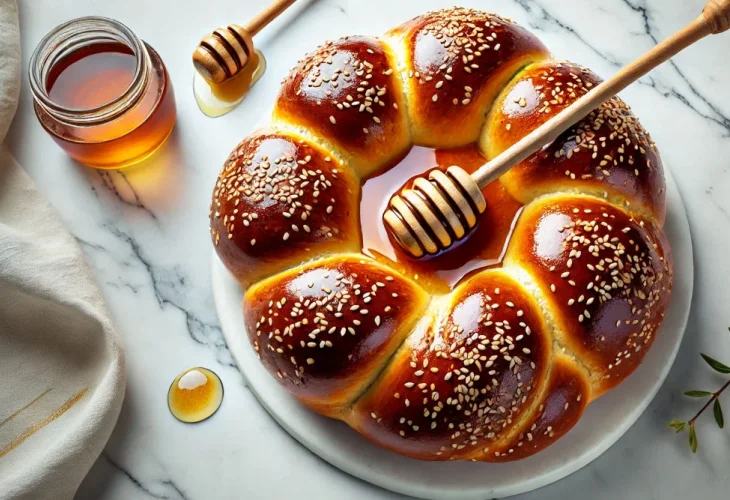
Rosh Hashanah is a holiday in which the dishes and the symbolic foods on the festive table, carry unique significance. The challah baked for Rosh Hashanah also hold a place of honor, with their own symbolism and meaning.
We set out on a journey through different Jewish communities around the world, collecting customs and adding practical tips for shaping and preparing delicious challahs that will fill your home with the amazing aroma of baking as we welcome the new year.
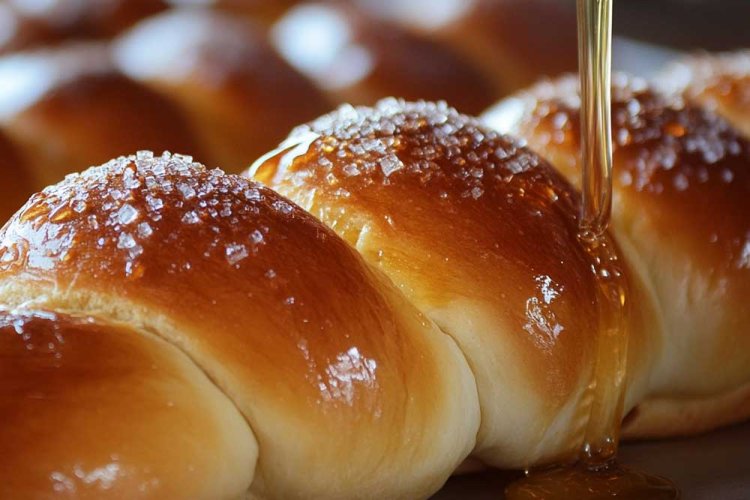
Round Challah
In many communities, it is customary to bake round challahs for Rosh Hashanah, for three main reasons:
1. To differentiate from non-Jews
In the past, non-Jews would make breads in square or triangular shapes as symbols of idolatry. Jewish communities therefore adopted the custom of round challah — especially on Rosh Hashanah, the time when we crown God as King.
As written: “From Rosh Hashanah until after Hoshana Rabbah, the custom is specifically to bake round challah, as stated in the book Taamei HaMinhagim… And on Rosh Hashanah, which is the primary time we coronate the One and Only King, and throughout the month, they preferred to bake round challah. This was the custom in the cities of Ashkenaz.”
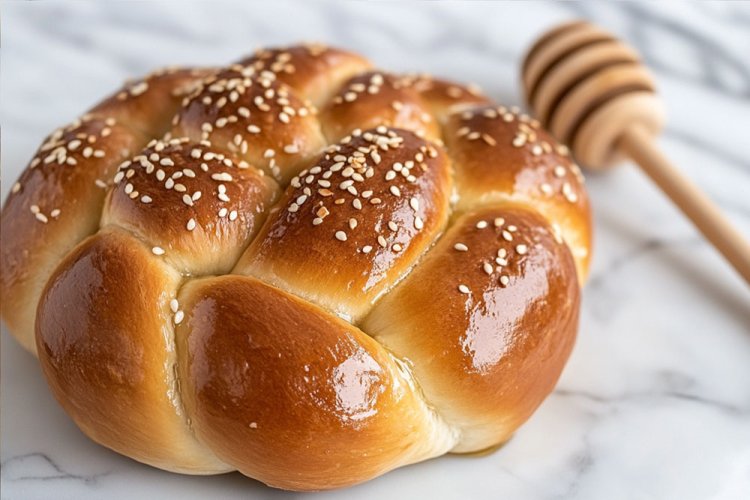
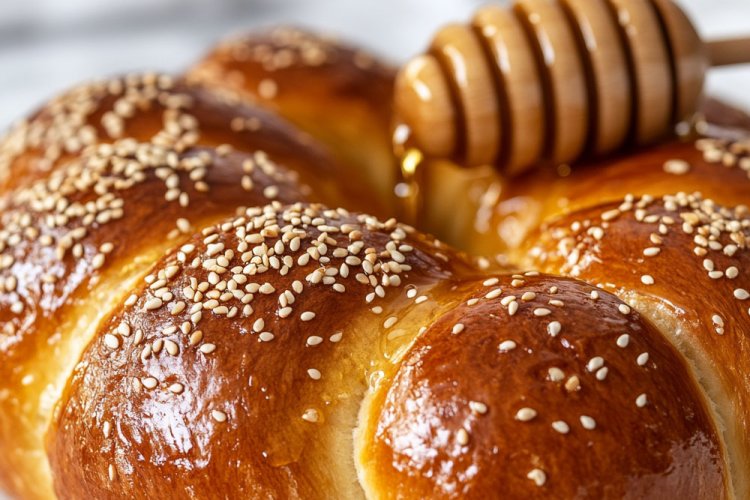
2. To symbolize the cycle of life
A circle has no beginning and no end, and therefore symbolizes long life and endless blessing.
“As some wrote, they do this as a good sign, for something round has no end, and it symbolizes a blessing for long life without end.” (Torat Moshe)
3. As a symbol of a crown
Some write that the round challah resembles a crown. “Some righteous leaders said they do this because the round challah resembles a crown, hinting to the phrase: ‘They shall give You a crown of kingship.’”
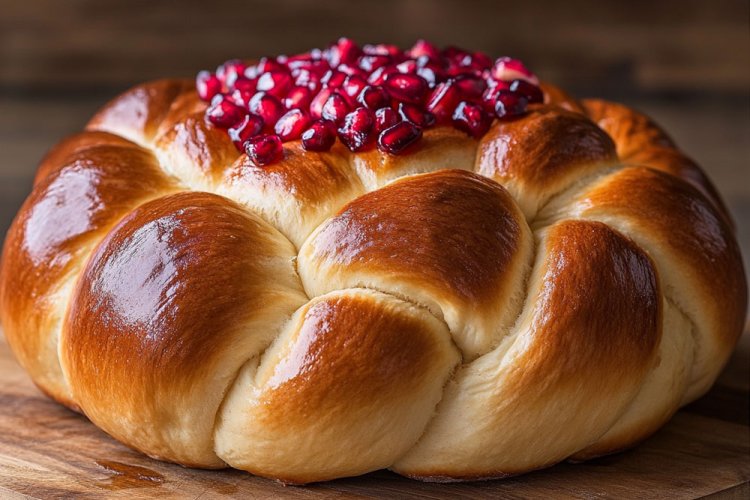
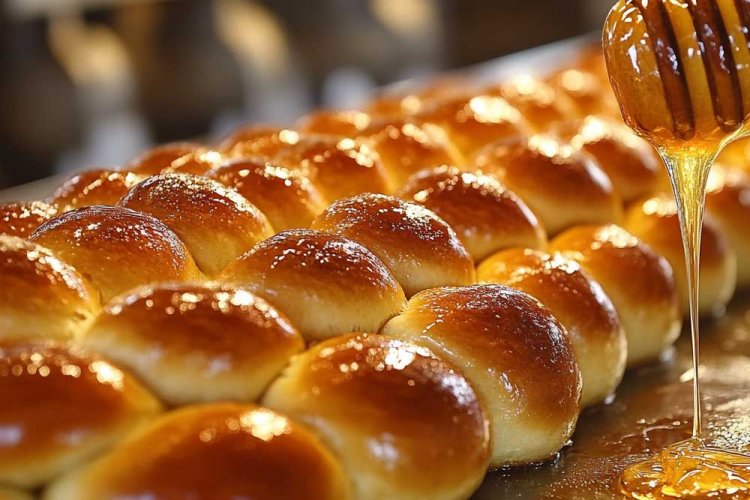
Honey Challah
In some communities, especially among Ashkenazi Jews, it is customary to add honey or sugar to the challah dough as a symbol of the hope for a sweet year. These challahs are often sweeter than usual, symbolizing our prayer for a blessed, sweet, abundant new year.
Ladders and Birds
Have you ever heard of challah shaped like birds? Some Hasidic groups bake bird-shaped challahs for Rosh Hashanah. In Torat Emet it is written that this is a sign that God will protect and guard us:
“Like birds flying, so will the Lord of Hosts protect…” (Yeshayahu 31:5)
Other communities bake challah shaped like ladders, because on Rosh Hashanah each person is judged whether they will rise in wealth, wisdom, and status — or the opposite, God forbid.
Midrash Tanchuma writes that on Rosh Hashanah, God creates ladders in the heavens — one rising and one descending. The ladder-shaped challahs hint to this idea (Sefer Matamim, p. 33).
Some prepare them as a symbol that our prayers should rise upward.
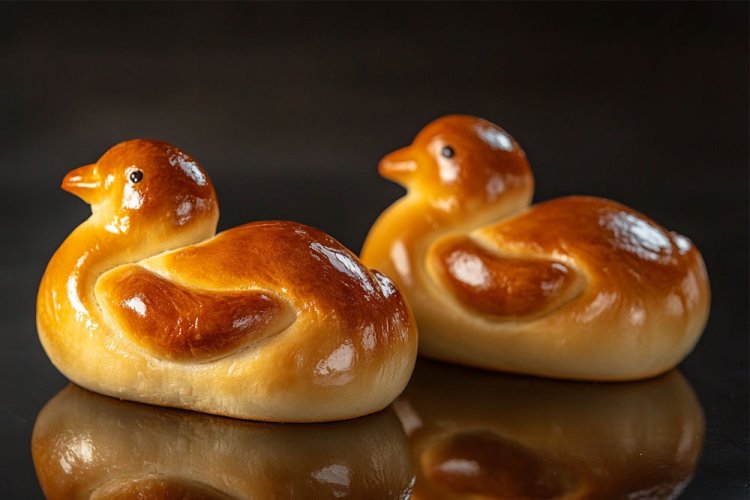
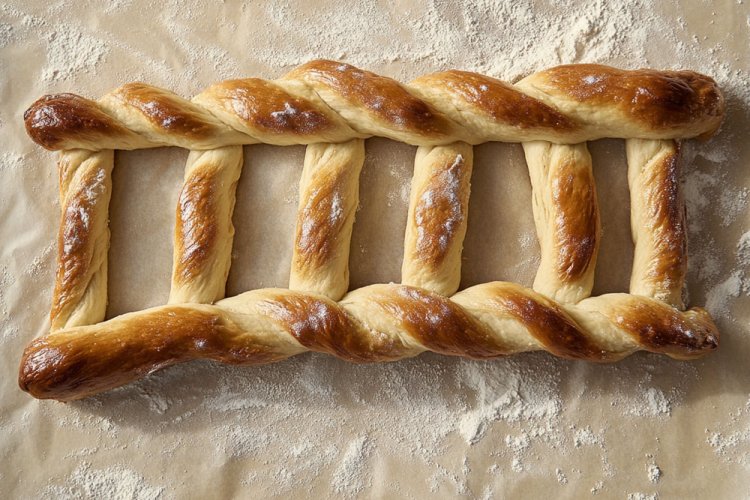
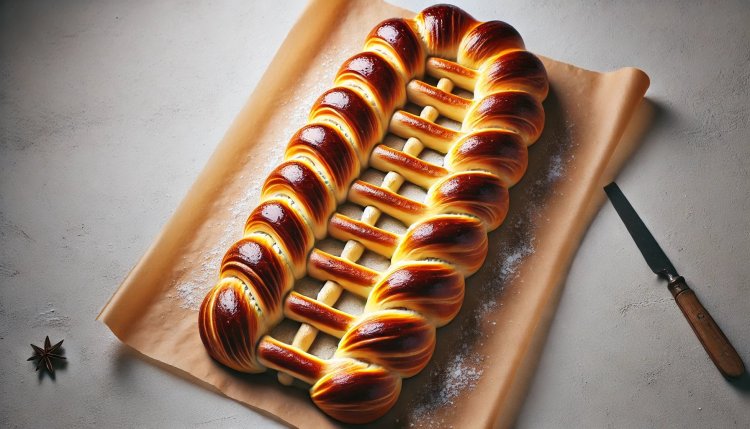
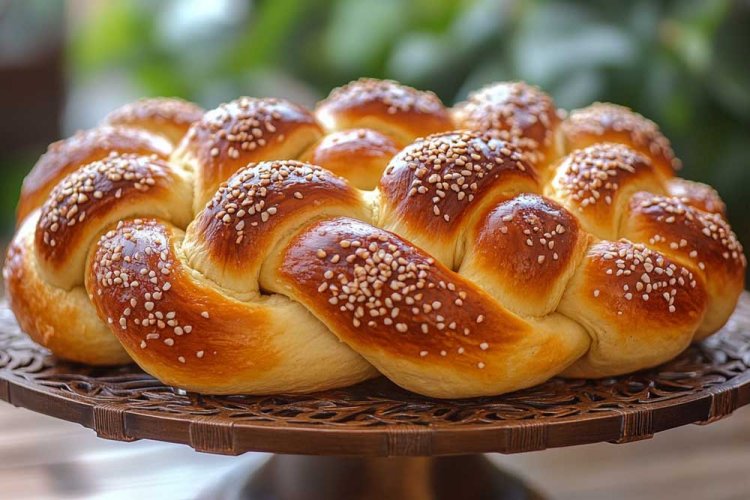
Time to bake!
Following are 5 tips for fluffy, beautiful challah for Rosh Hashanah:
1. Kneading
Whether kneading by hand or with a mixer, knead for at least 10 minutes. Kneading is essential — not only for forming the dough but also for creating a light, airy texture.
2. Rising (Proofing)
The secret to airy challah is proper rising time. Let the dough rise twice: once after kneading, and again after shaping. Wait until the shaped dough almost doubles in size before baking. These rises create the soft, light texture we want.
3. Quality Yeast
Use fresh yeast or high-quality dry yeast. Yeast that doesn’t activate properly will affect the rise. If using dry yeast, mix it first with a little warm water and sugar to “wake it up” before adding it to the dough.
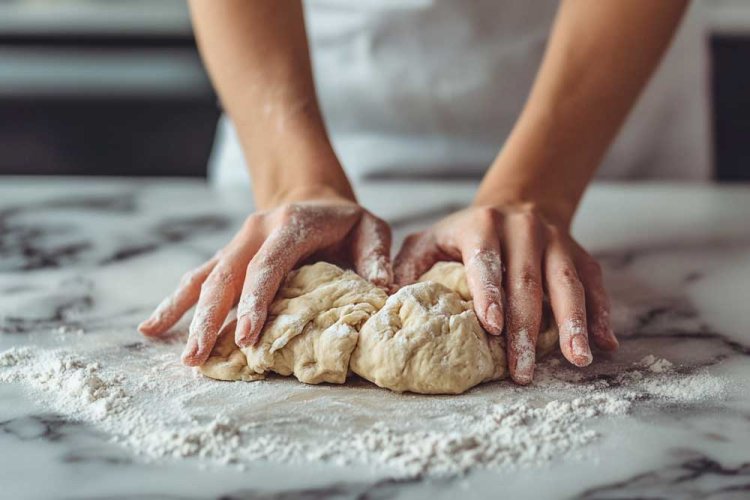
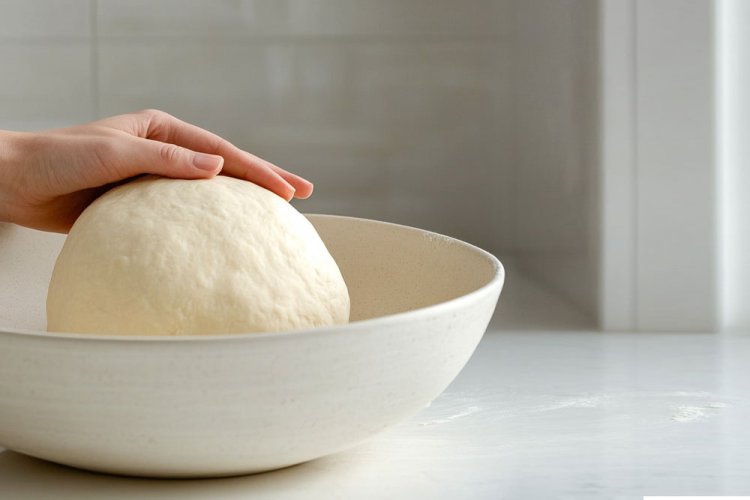
4. Oil in the Dough
Whether healthy or not, adequate oil makes the challah soft, flavorful, and rich. Don’t reduce the amount of oil in the recipe.
5. Don’t Forget Hafrashat Challah
If you prepare challah using at least 1,560 grams of flour, you must perform hafrashat challah. This mitzvah is known as a powerful segulah for marriage, peace in the home, abundant livelihood, strong health, safety in childbirth, an easy birth, and success.
During challah separation, you may — and should, pray for all forms of blessing you seek. It’s also an especially good time to pray for your children’s growth and well-being.
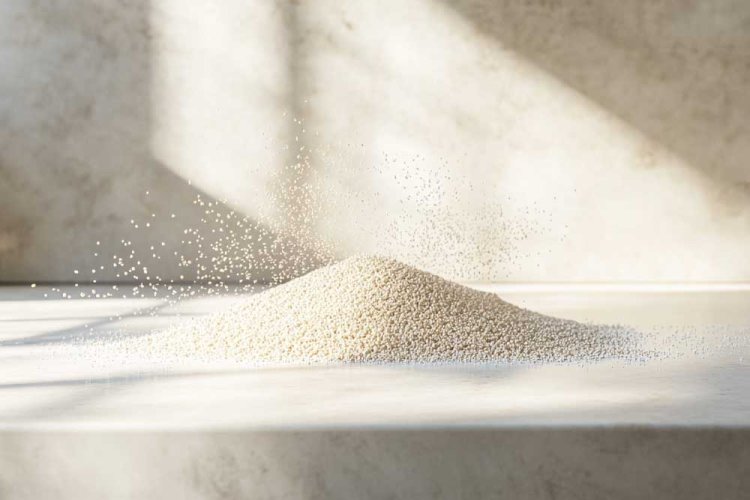
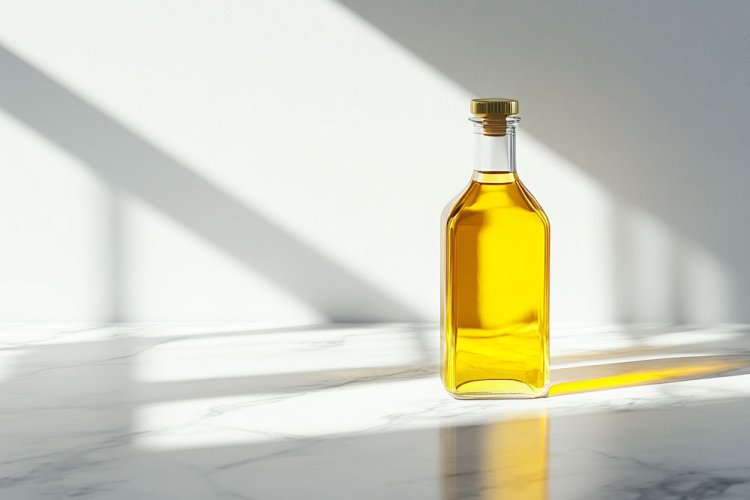
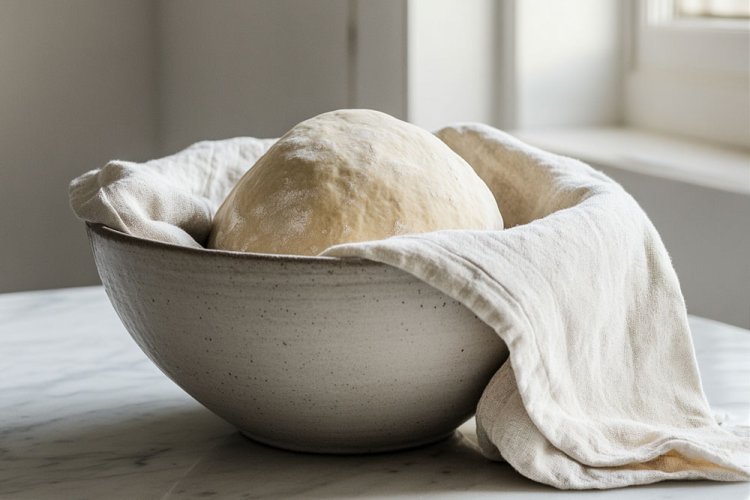
Tips for Beautiful Challah Design
Braiding a challah?
Braid loosely to leave “air” between the strands. Want a tall bakery-style braid? Look for video tutorials for 4-, 5-, or 6-strand braids.
Want a beautiful golden color?
Brush the challah twice with egg — once after shaping, and again right before baking.
For an extra shine:
When the challah comes out of the oven, brush it lightly with sugar water.
Want special pomegranate-shaped rolls?
Roll a ball of dough for a roll and place a small ball on top. Use scissors to cut an “X” into the small top ball — this will create the pomegranate’s crown.
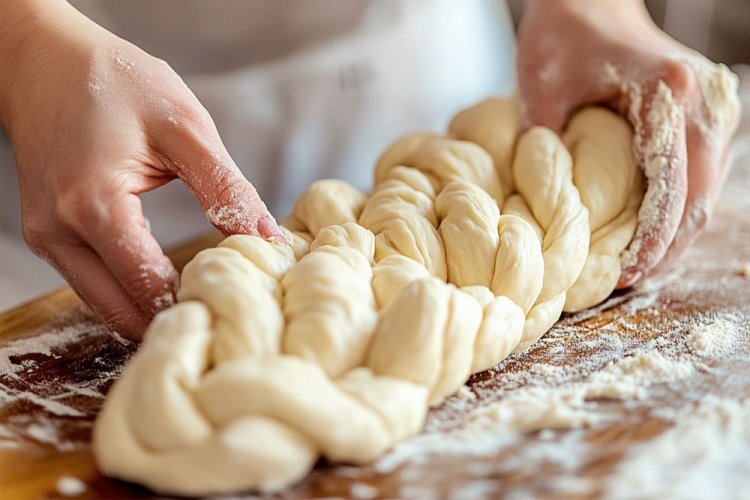
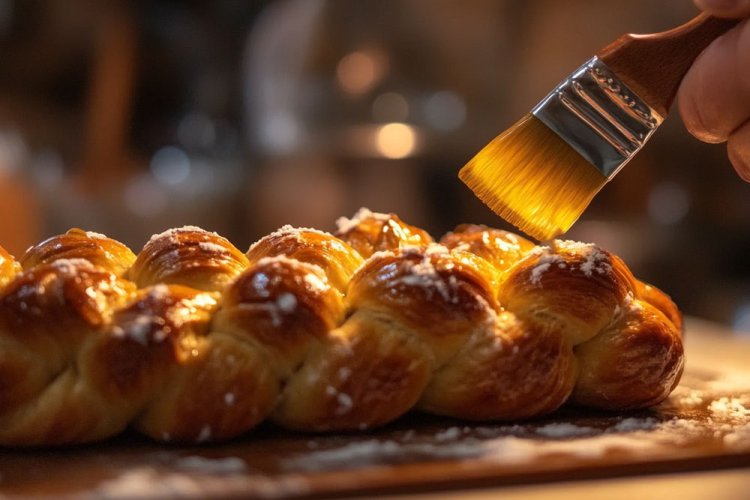
A Spiritual Act
Baking challah for Rosh Hashana is a spiritual act that blends tradition, blessing, and heartfelt prayer for a good and successful year.
Whether you choose round challah, sweet challah, or bird-shaped challah, following the right techniques will ensure a beautiful and delicious challah that elevates your holiday table.
Wishing you a sweet and blessed new year!

